Solar Impulse 2 will become an atmospheric satellite for the US Navy
The U.S. Navy has shown great interest in unmanned aerial vehicles aviation complexes of different classes. Now they intend to study and evaluate the concept of an ultra-long flight time UAV. The development, construction and testing of a prototype of this class was entrusted to Skydweller Aero. The first flights of such a machine may take place this year or next.
Government contract
The American-Spanish company Skydweller Aero was founded in 2019 with the aim of participating in the development of unmanned aerial vehicles with increased flight and operational characteristics. Almost immediately, she bought out the developments of the Solar Impulse organization and the prototype aircraft of the same name. In the future, she continued to develop other people's solutions and began to implement her own ideas.
In early August, Skydweller Aero announced that it had received an order from the US Navy. The contract worth $ 5 million provides for preliminary work on the creation of an ultra-high-duration UAV - the so-called. atmospheric satellite or pseudo-satellite. The contractor must submit a technology demonstrator drone no later than Q2 2022. If successful, then a full-fledged project can start.
The US Navy would like to receive an "atmospheric satellite" with an electrical power plant, capable of staying in the air for up to 90 days. It must carry a payload for various purposes. It is planned to use various types of radio engineering systems, reconnaissance equipment, etc. Such a product could occupy a niche between UAVs of "traditional" classes and spacecraft, simplifying the performance of some tasks.
So far, we are talking only about the search and development of technologies necessary to create a full-fledged project. The development of the latter may begin in the future, but the exact dates cannot yet be called. The time of the satellite's entry into service is also uncertain - if the project comes to that, of course.
Technological basis
Skydweller Aero began researching the topic of "atmospheric satellites" almost immediately after its foundation and has already managed to carry out part of the work and gain some experience. The new order from the Navy gives this project financial and other support, and also gives hope that promising technologies will find real application.
The contractor does not have to design and build a technology demonstrator from scratch. In this capacity, it is planned to use the already existing experimental aircraft Solar Impulse 2. At the end of 2019, its restructuring and re-equipment began. The goal of this project was to convert the aircraft into an optionally piloted aircraft. Now, depending on the need, the aircraft can be controlled by the pilot from the cockpit or by the operator from the ground. The optionally manned aircraft Solar Impulse 2 has already passed flight tests.
In the near future, incl. by the end of 2021, the aircraft may lose the cockpit and finally turn into a UAV. In this form, it will be taken to a new stage of testing, which is going to be carried out together with the Navy. How long it will take and how it will end is unknown. However, the contractor is optimistic.
Technical features
Experimental aircraft Solar Impulce 2 was built by the international organization Solar Impulse in 2011-14. Flight tests of the aircraft started in 2014 and quickly enough confirmed the aircraft's ability to fly for a long time. A few years after this, the aircraft changed its owner, and in the near future will change its appearance.
The Solar Impulse 2 is a normal high-wing aircraft with a large straight wing, designed to provide high aerodynamic and flight characteristics. The glider was made using light alloys, plastics and composites. Thanks to this, the aircraft with a length of 22,4 m and a wingspan of 71,9 m has a take-off weight of only 2,3 tons.
An original power plant based on solar panels and accumulators was developed for the aircraft. The upper surface of the wing, empennage and fuselage is covered with 17248 solar cells with a total area of approx. 270 sq.m. and with a total power of up to 66 kW. Energy is supplied to four 41 kWh lithium-ion batteries, as well as four 13 kW electric motors with two-blade pulling propellers with a diameter of 4 m.
The aircraft is equipped with a single unpressurized cockpit with all the necessary equipment. For long-term flights, an autopilot was provided, which reduces the load on the pilot and allows him to rest in flight. Oxygen equipment is available for flights at altitudes up to 10-12 km.
During the first tests, Solar Impulse 2 showed the ability to take off at a speed of 36 km / h; the maximum speed is 140 km / h. Cruising speed in the daytime is 90 km / h, and at night, in low light or in the absence of it, drops to 60 km / h.
The use of solar energy in theory provides unlimited range and duration of flight. In 2015-16. it was used during the trip around the world. The entire route was divided into 17 sections of different lengths and durations. The longest flight took place in the summer of 2015 and lasted 117 hours. New records of this kind were not set due to the excessive workload on the pilot.
A further increase in the duration of the flight is associated with the refusal of the presence of the pilot on board. Currently, the only Solar Impulse 2 is being rebuilt for such a project. The aircraft will lose the cockpit and related control systems. Instead, a new fuselage nose and autonomous and remote control facilities will be installed. After such processing, the UAV will be able to take on board a payload weighing up to 400 kg.
"Sputnik" for the fleet
Work on the restructuring of the experimental aircraft is nearing completion, and by the end of the year it can be lifted into the air in a new configuration. Then the tests will begin with the aim of gaining experience, as well as in the interests of the Navy. How long these events will last has not yet been announced. Their results also remain unclear, although there are grounds for positive predictions.
In the future, after evaluating the technology demonstrator, the US Navy can initiate the development of a full-fledged "atmospheric satellite". Skydweller Aero, using the accumulated experience, is quite capable of obtaining a corresponding order. However, the launch of the competition and design remains a matter of the distant future.
It is already known what the result of such a project can be. The Navy wants to get an unmanned aerial vehicle capable of autonomously or on command to continue flying for three months and having an unlimited practical range. Thanks to this, the device will be able to stay in a given area for a long time and without interruption, solving the task. In addition, unlimited range will provide the ability to reach any point in the world, regardless of the takeoff location.
Several payload options are under consideration. Due to this, the drone will be able to conduct optical or electronic reconnaissance, as well as perform the functions of an air repeater of radio signals. At the same time, the "satellite" is unlikely to be able to become an effective strike UAV.
UAVs ultra-high flight duration is not just called "atmospheric satellites". From the point of view of the tasks to be solved, they, with some reservations, are functional analogues of space vehicles. Such UAVs can conduct reconnaissance, provide communications and navigation, etc. At the same time, the aircraft can be simpler and cheaper to manufacture and operate. However, there are a number of technical and other difficulties, without overcoming which one cannot count on high performance and efficiency of use.
Great future
Projects from Solar Inpulse, Skydweller Aero and other organizations were developed with the aim of mastering new technologies in the field of aviation, as well as determining their real prospects. The tests carried out confirmed the calculated characteristics and showed that new solutions have the greatest future.
Now we are talking about the use of new technologies in a project with real prospects. At the same time, as often happens, the armed forces of a developed country became interested in new ideas. This fact gives the project developers hope for the successful completion of theoretical and design work - and for future contracts. However, for this it is necessary to go through the stage of demonstrating technologies and show the potential of their projects in the military field, which will take some time.
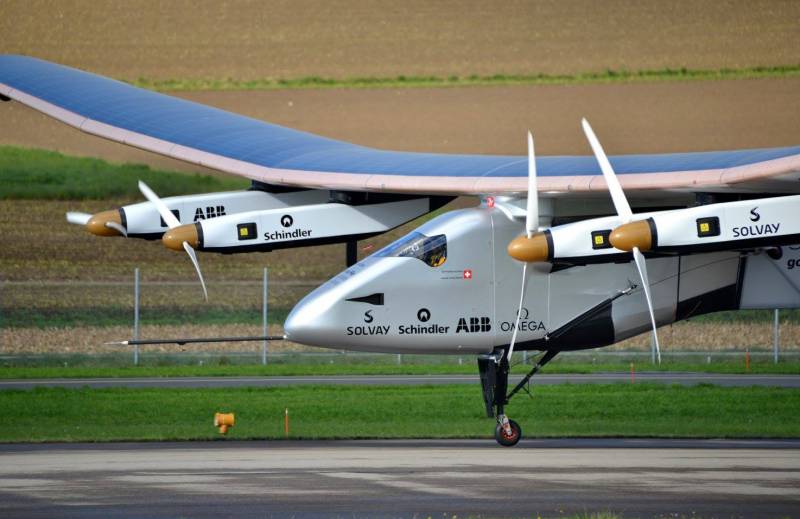
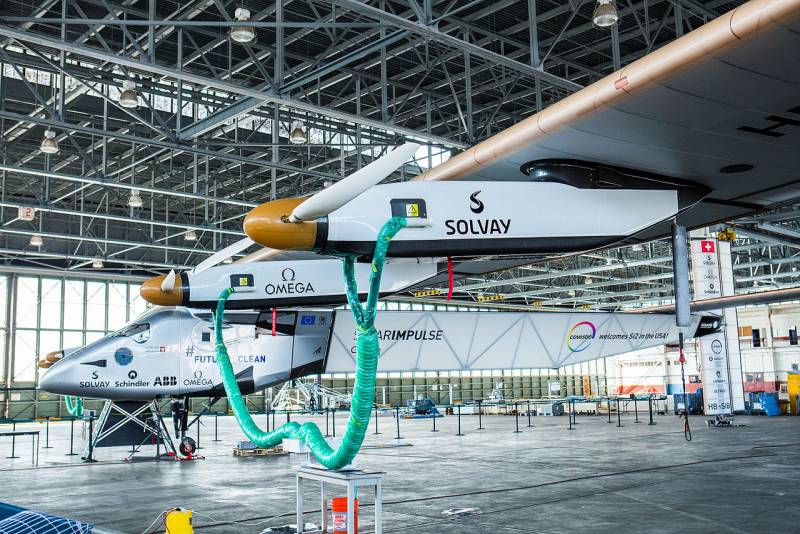
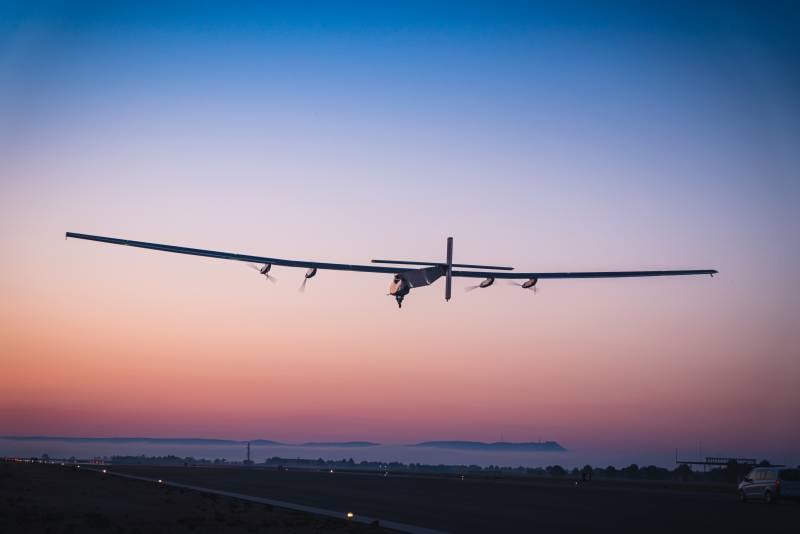
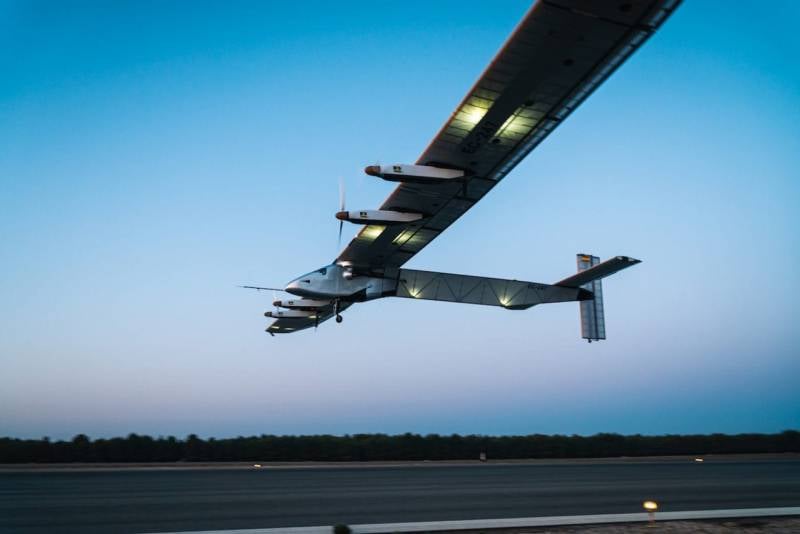
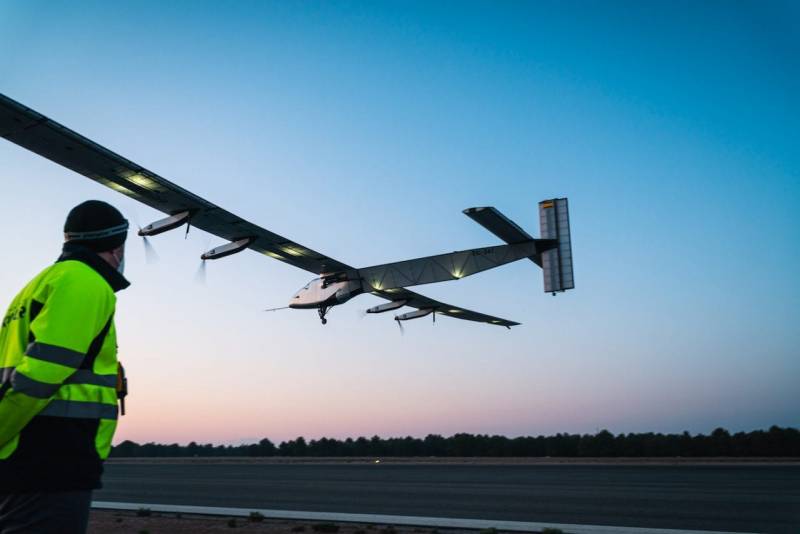
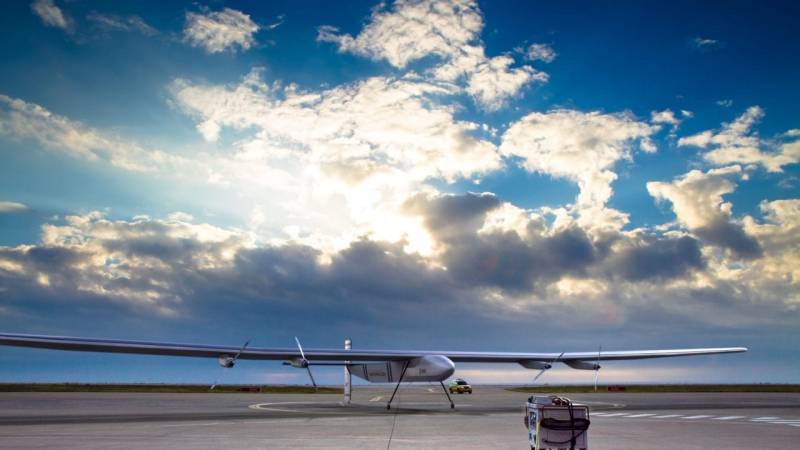
Information